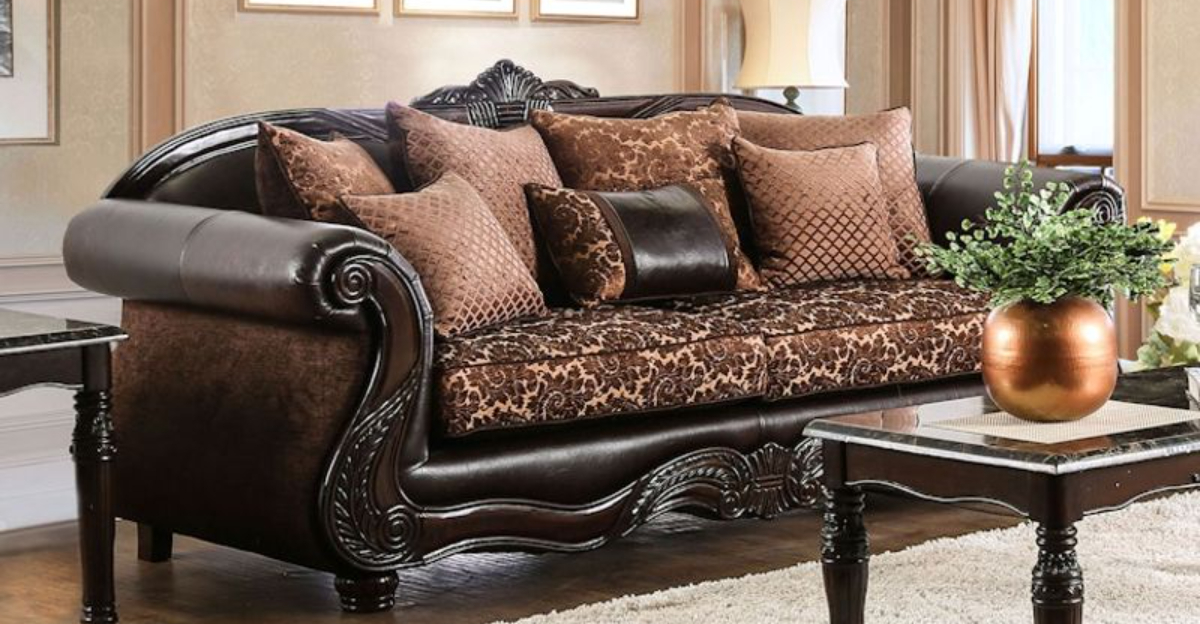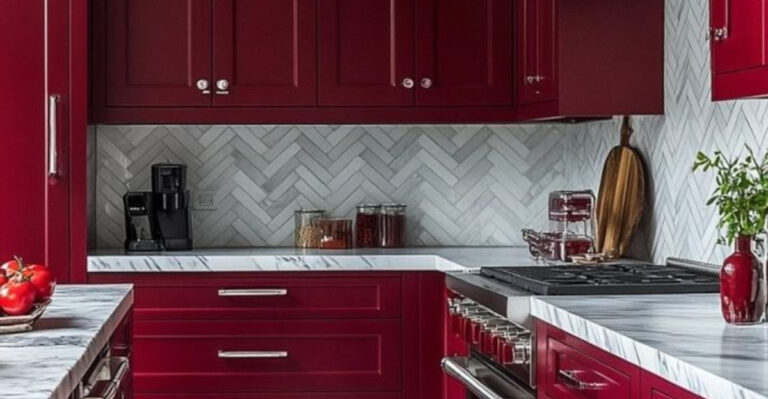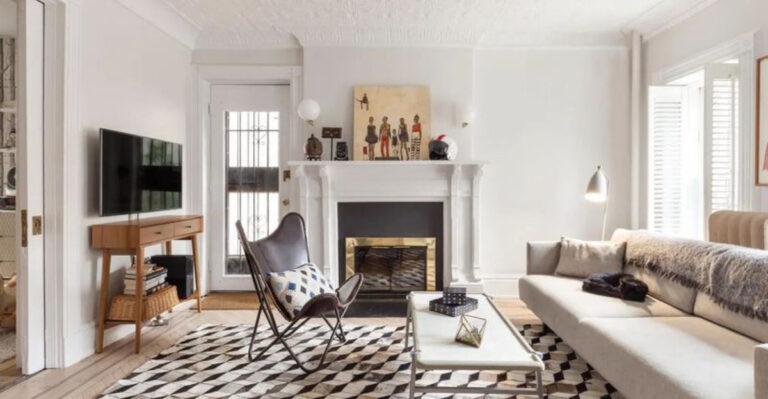17 Red Flags I Look Out For When Buying Furniture As An Interior Designer
Furniture shopping can be surprisingly tricky, what looks perfect in the store can end up being a total regret once it’s in your home. After 15 years as an interior designer, I’ve learned to spot the warning signs early.
I’ve seen gorgeous pieces turn into squeaky, wobbly, or just plain uncomfortable disasters. Now, I trust my gut when something feels off, and it’s saved my clients (and myself) from a lot of frustration.
If you’ve ever fallen for a pretty chair that turned into a pain, you’re not alone. Here are the red flags that always make me walk away.
1. Wobbly When Touched
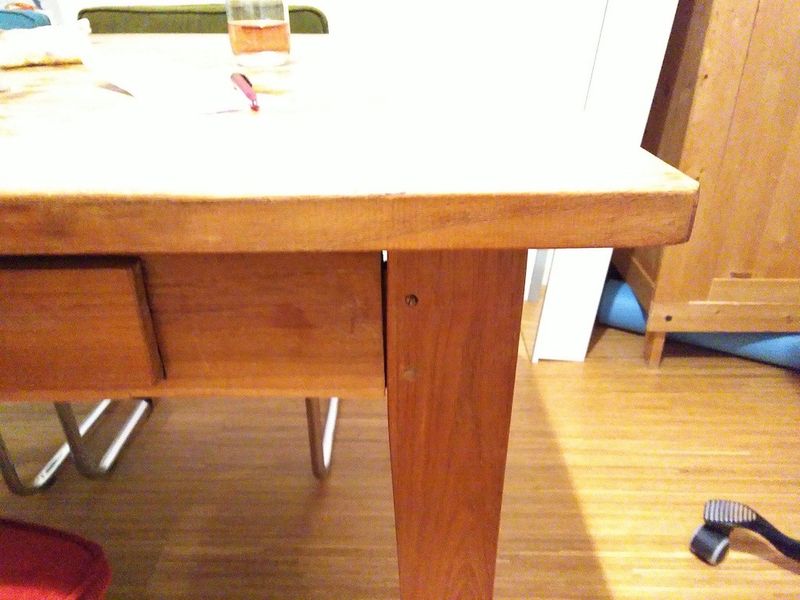
Nothing screams “I’ll break in three months” louder than furniture that wobbles when you barely touch it. Good pieces should feel solid as a rock when you give them a gentle shake.
I always perform the wiggle test on every chair, table, and cabinet. If it’s unstable in the showroom, imagine how it’ll behave after regular use in your home!
2. Mysterious Wood Substitutes
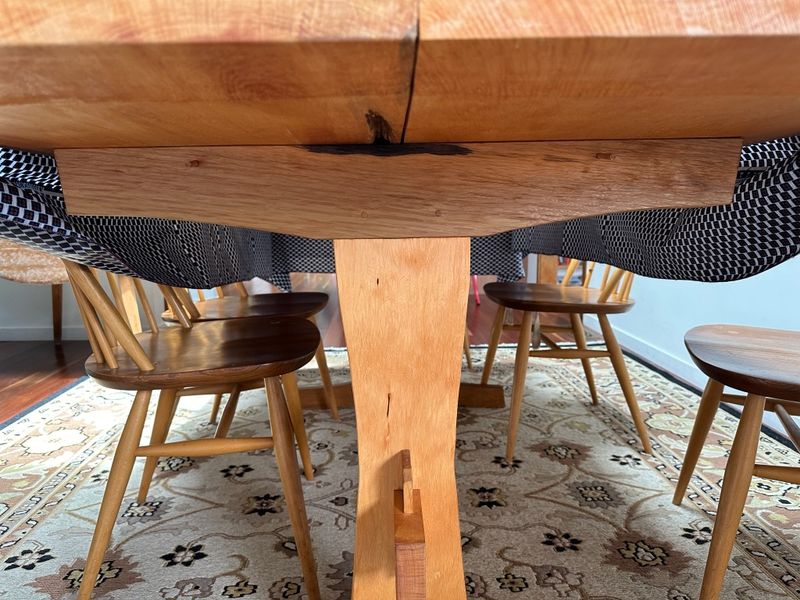
Sometimes salespeople use fancy terms like “engineered wood” or “wood composite.” Translation: glorified particle board that won’t last. Real wood has visible grain patterns and weighs more than its cheaper cousins.
I’ve seen too many clients fooled by veneers slapped on flimsy materials. Your furniture should outlast your phone plan, not disintegrate at the first hint of moisture!
3. Misaligned Drawers
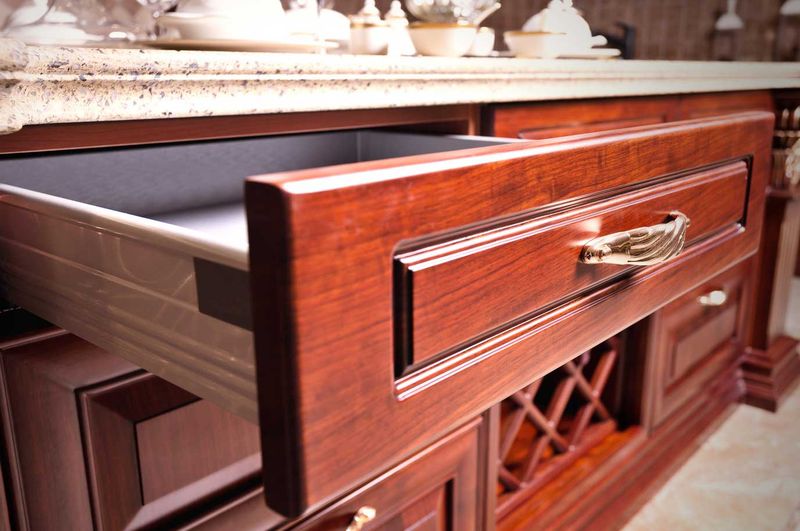
If drawers don’t line up perfectly in the showroom, run away fast! Misalignment points to poor construction that will only worsen with time.
I always open and close every drawer multiple times. Smooth operation matters, but so does perfect alignment. When drawers sit crooked, it usually means the entire piece was built with sloppy standards.
4. Sloppy Upholstery Seams
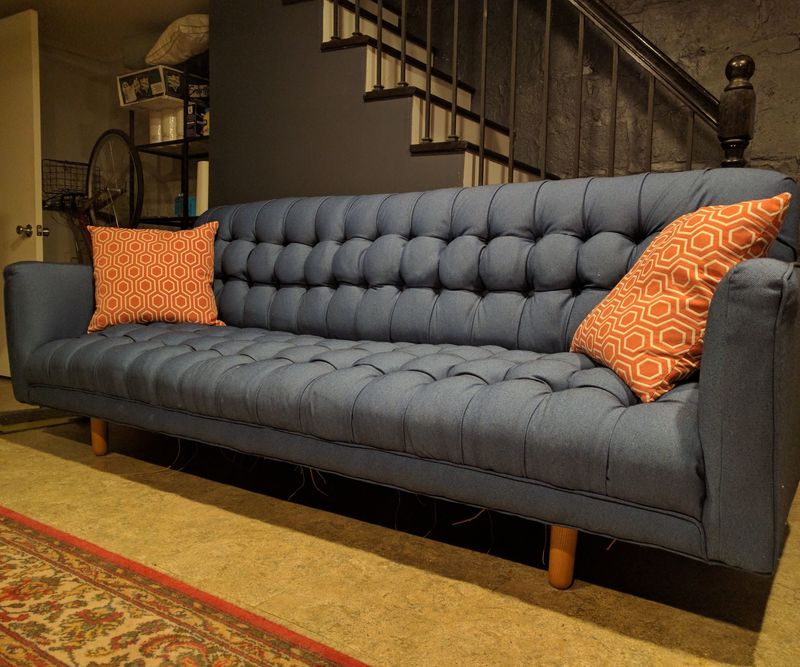
Uneven stitching on upholstery is like a giant warning sign flashing “poor quality!” Look closely at seams – they should be straight, tight, and perfectly aligned.
I’ve trained my clients to run their fingers along seams to feel for puckers or gaps. When manufacturers cut corners on visible details, imagine what lurks beneath the fabric!
Quality upholstery work requires precision that cheap furniture simply doesn’t deliver.
5. Toxic Chemical Smells
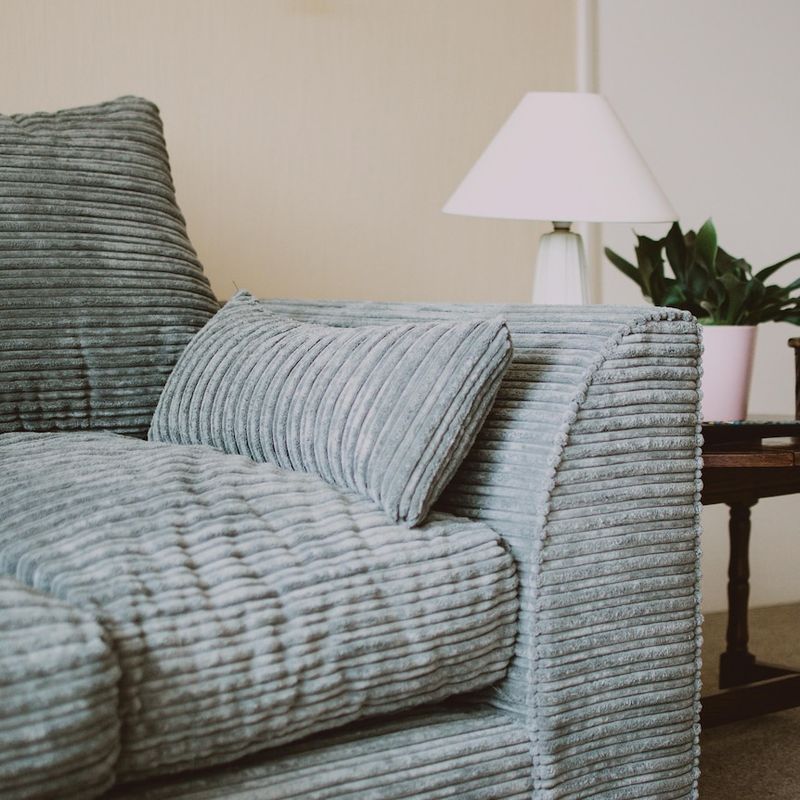
That strong “new furniture” smell isn’t normal – it’s often formaldehyde and other harmful chemicals gassing off. Quality pieces might have a mild wood or fabric scent, but nothing that makes your eyes water.
I’ve walked out of showrooms when the chemical smell was overwhelming. Your furniture shouldn’t poison your indoor air! Many manufacturers use adhesives and treatments loaded with VOCs that can affect health for years.
6. Staples Instead Of Screws

Flip that furniture upside down! If you see staples holding structural elements together instead of screws, dowels, or proper joinery, walk away immediately.
Staples might hold cardboard boxes together just fine, but they’re furniture disaster waiting to happen. I’ve watched too many clients learn this lesson the hard way when their stapled furniture collapsed during a dinner party!
7. Impossible Delivery Dimensions
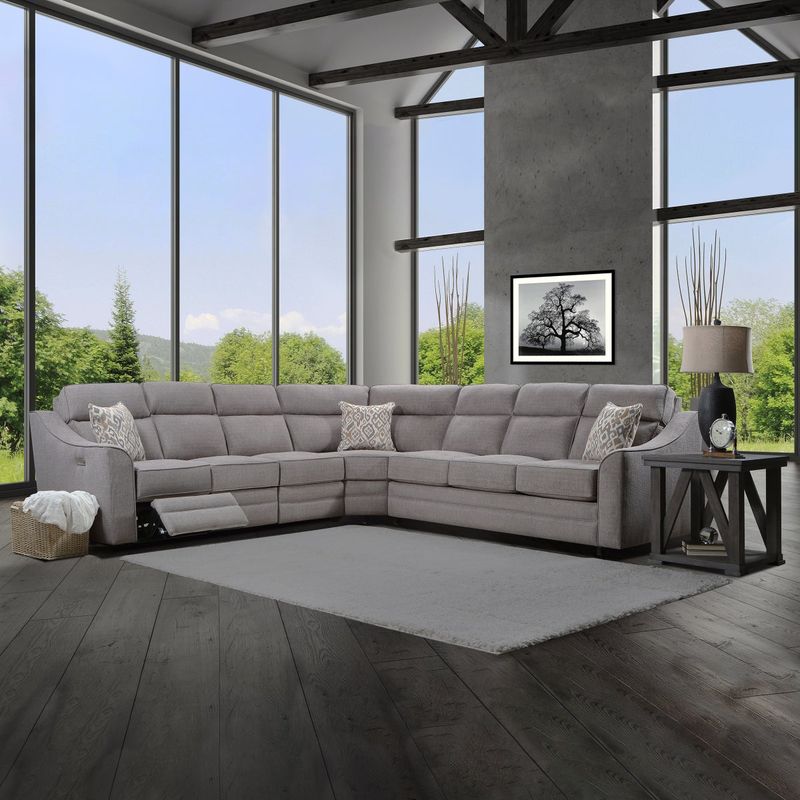
Never fall in love with furniture before measuring your doorways, stairwells, and elevators. That gorgeous sectional means nothing if it can’t physically enter your home.
I always carry a tape measure and know my clients’ tightest entry points. Some manufacturers offer furniture that breaks down for delivery, but many don’t.
Trust me, watching movers destroy your walls trying to force in an oversized sofa is heartbreaking!
8. Unrealistic Wood Matching
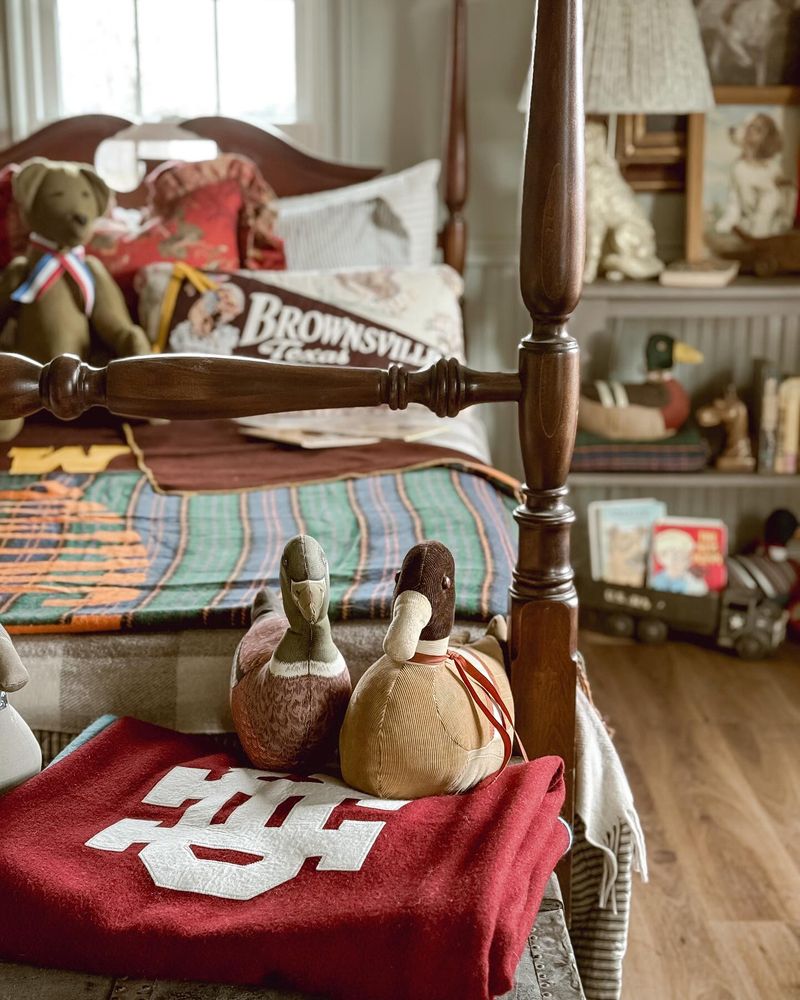
When buying pieces from the same collection, check that the wood grain and color match perfectly. Manufacturers often use different wood batches that look jarringly different once in your home.
I’ve seen nightstands from the same product line with completely different undertones. Wood is natural and varies, but quality control should ensure reasonable matching.
Otherwise, your carefully curated bedroom set will look like a mismatched thrift store collection!
9. Foam That Feels Too Soft
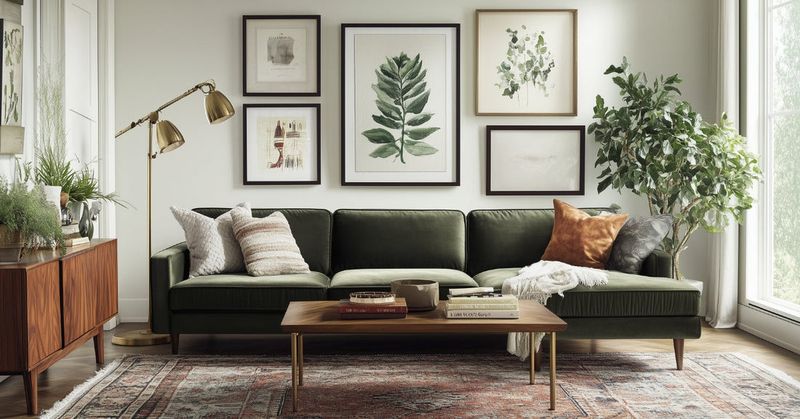
Super soft, squishy sofa cushions feel heavenly in the showroom but spell disaster for longevity. Quality foam should offer some resistance when pressed.
I always sit on sofas for at least five minutes, noticing if I sink too deeply. Cheap foam breaks down quickly, creating permanent body impressions within months.
The comfort-vs-durability balance is crucial – you need both, not just initial cloud-like softness!
10. Trendy Without Timelessness
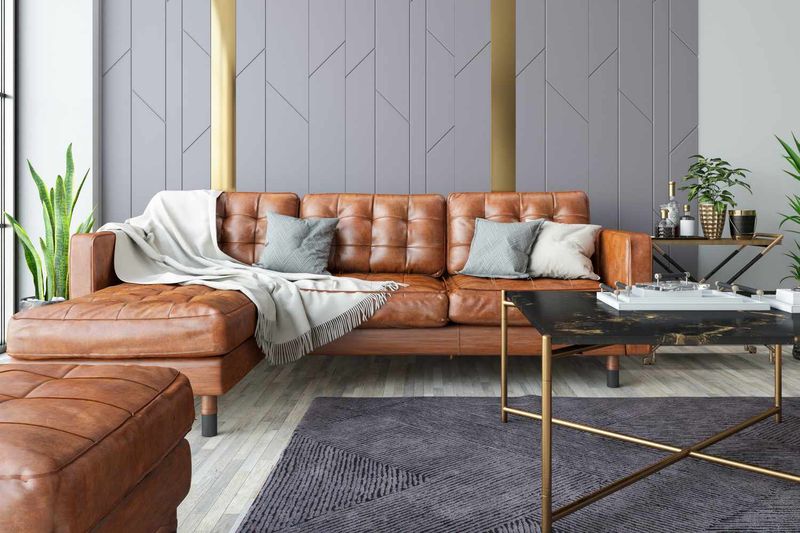
Ultra-trendy furniture pieces often become tomorrow’s regrets. Before buying that statement chair in this year’s hottest color, ask yourself if you’ll still love it in five years.
I encourage clients to invest in classic forms with trendy accessories instead. Remember those 1970s avocado green appliances? Someone once paid premium prices for those!
Furniture should last decades, so choose foundational pieces that transcend passing fads.
11. Suspiciously Light Weight

Good furniture has substance – it should feel surprisingly heavy for its size. When a supposedly solid wood bookcase feels like it might blow away in a strong breeze, that’s trouble.
I always lift one end of furniture pieces when possible. Weight often correlates directly with quality construction and materials.
Lightweight pieces typically use hollow components, thin panels, and flimsy fasteners that won’t stand up to real-world use.
12. Unfinished Hidden Areas
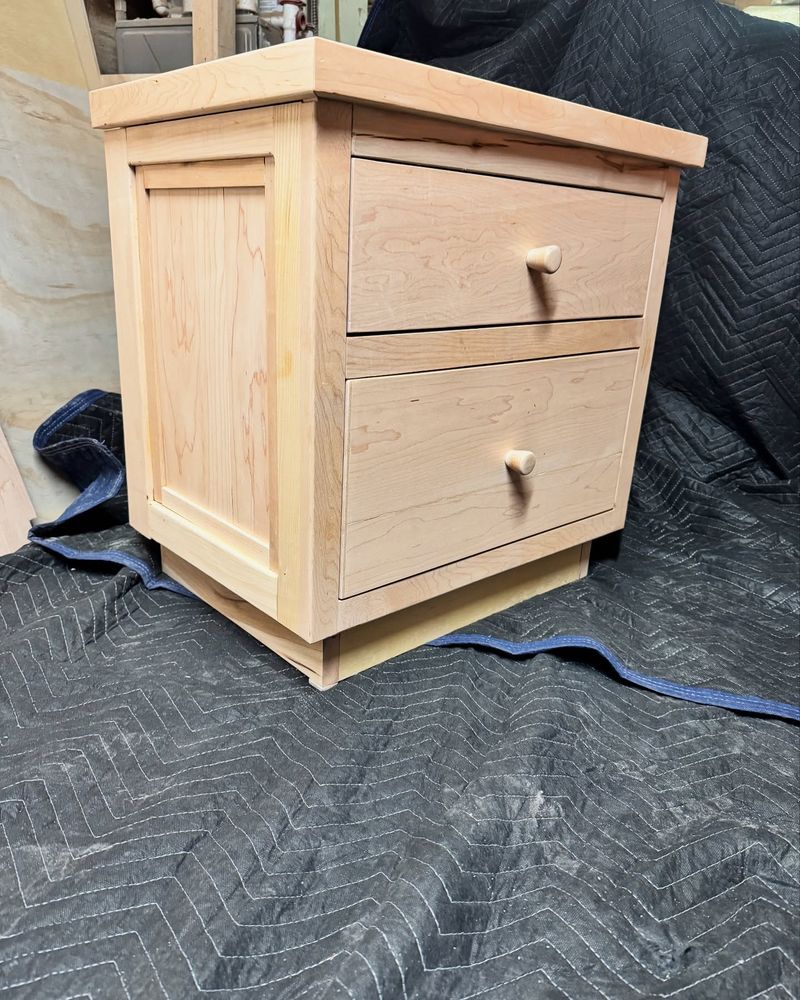
Check the backs, bottoms, and insides of furniture. Quality pieces are finished everywhere, even where you can’t see. Rough, unfinished surfaces in hidden areas reveal manufacturer shortcuts.
I always look underneath tables and inside drawers. When a company cares enough to sand and finish these hidden spots, they usually care about overall quality.
Plus, unfinished wood can warp, splinter, or absorb moisture more easily.
13. Non-Removable Cushion Covers
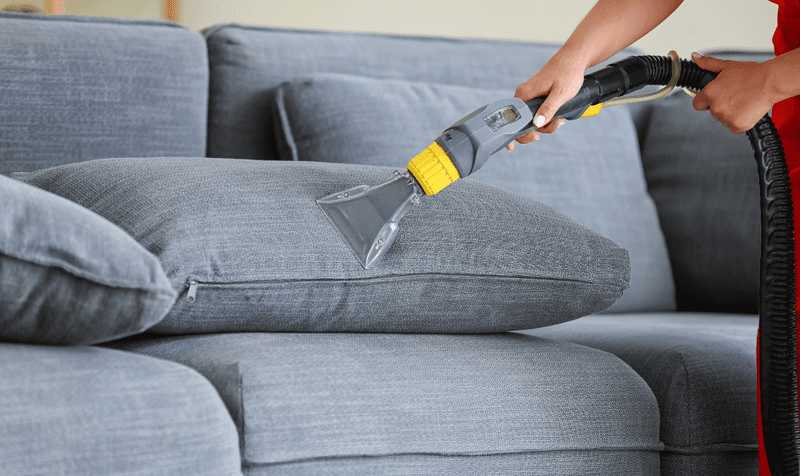
Life happens – spills, pet accidents, kids with markers. Upholstered furniture without removable, washable covers is practically disposable in real homes.
I always check if cushion covers zip off and whether they’re machine washable. Even high-end furniture should acknowledge that people actually live with it!
Without this practical feature, your beautiful sofa is just one red wine spill away from disaster.
14. Visible Glue Residue

Glue drips or residue on visible joints screams amateur construction. Quality furniture assembly involves precise glue application that doesn’t leave messy evidence behind.
I inspect corners and joints carefully with both eyes and fingers. Excess glue not only looks terrible but often indicates rushed assembly and potential structural weaknesses.
When manufacturers can’t be bothered to wipe away visible glue, what other steps are they skipping?
15. Too-Good-To-Be-True Pricing

When a leather sofa costs less than your monthly grocery bill, something’s definitely wrong. Extreme bargains usually indicate corners cut somewhere – materials, construction, labor conditions, or all three.
I’ve learned that furniture pricing follows certain industry patterns. While nobody should overpay, unreasonably cheap prices typically mean unreasonably short lifespans.
Good furniture is an investment that should last decades, not something disposable.
16. Vague Material Descriptions

When product descriptions use terms like “leather-look” or “wood-inspired,” run for the hills! These creative phrases hide the fact you’re buying plastic or composite materials.
I always request specific material information in writing. Genuine materials should be proudly specified – “full-grain leather” or “solid oak,” not vague marketing language.
If salespeople can’t or won’t provide clear material details, they’re hiding something!
17. Poor Reviews About Customer Service
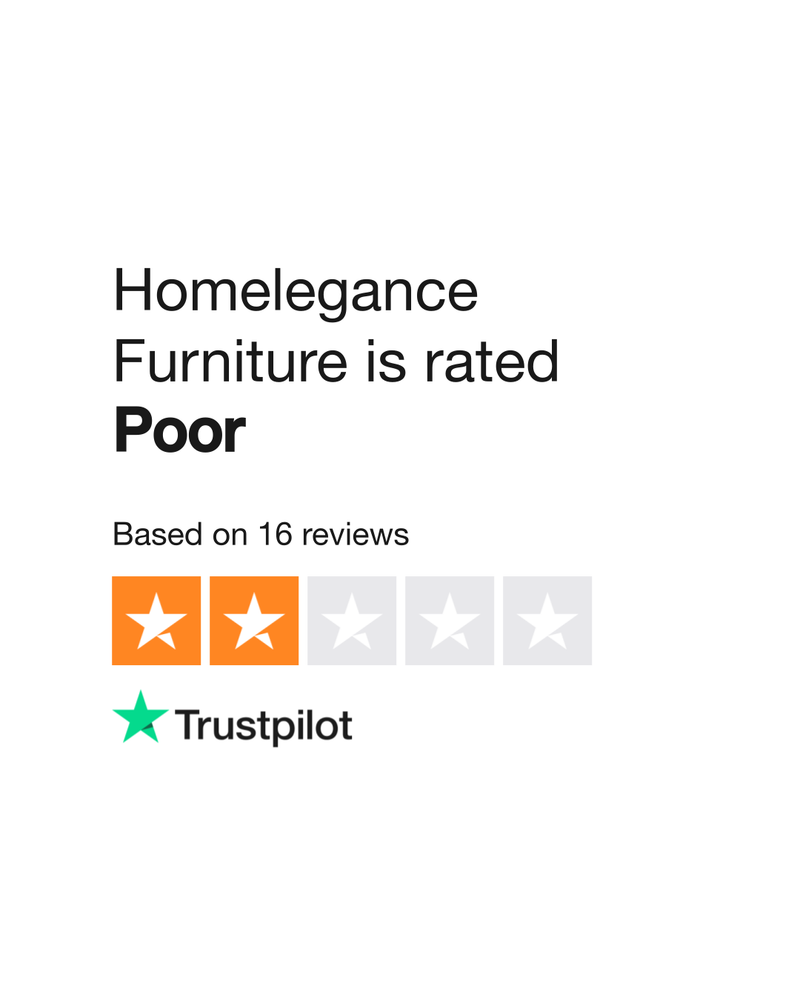
Even perfect furniture occasionally needs service. Before buying, research how the company handles problems. Terrible customer service turns minor issues into nightmares.
I always check online reviews specifically about warranty claims and repairs. A beautiful sofa means nothing if the company ghosts you when something breaks!
Quality manufacturers stand behind their products with responsive service teams and fair policies.

